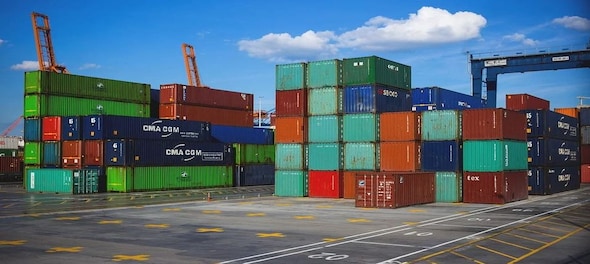
Rising costs to ship crops globally are adding to concerns about food inflation that are already at decade-highs and hitting cost-sensitive consumers in import-dependent markets.
The cost of bulk carriers that move grains and oilseeds from production hubs in the Americas and Black Sea to key consumers have roughly doubled from last year due to rising fuel costs, tighter vessel supply and longer port turnaround times amid COVID-19 curbs, according to grain and shipping sources.
"Freight cost has become a real challenge as it comes when we see huge increases in grain prices," said Phin Ziebell, agri-business economist at National Australia Bank in Melbourne.
"For years, buyers enjoyed low grain and freight prices. I see no immediate end to high freight costs."
The cost of moving grains from Australia to Southeast Asia has risen to USD 30 a tonne from USD 15 last year, and to USD 55 from USD 25 from the US Pacific Northwest to Asia, shipping sources said.
Ships carrying wheat from the Black Sea to Asia now cost around USD 65 a tonne, from around USD 35 last year.
"It is the cost of bunker fuel and the cost of bulk ships lifting the prices of carrying grains," said one trader at a leading brokerage in Singapore. "We also have COVID-19 quarantine requirements slowing cargo movement."
With world food prices having risen at their fastest pace in over a decade in May, the spike in crop freight costs poses a fresh challenge to food importers and policymakers attempting to keep inflation levels in check just as several key economies reopen following coronavirus lockdowns.
And the price of key crops like corn and soybeans are set to remain elevated and volatile through the rest of the northern hemisphere growing season as crops develop.
Chicago corn futures are up roughly 90 percent from a year ago on strong global demand and stressed crops in the United States, while soybeans are up more than 50 percent after drought clipped output in top grower Brazil. Wheat is up around 30 percent from a year ago following growing problems last season.
The double whammy of higher crop and freight prices is pinching buyers in Asia, the top crop consuming region and home to China that accounts for more than half of the world's soybean purchases. Japan is one of the world's biggest corn buyers.
For a typical wheat buyer in Indonesia, the world's second-largest wheat importer, the cost of a 50,000-tonne cargo of food-grade wheat from the Black Sea has jumped by USD 4 million from a year ago to around USD 15 million, with the freight cost alone rising by USD 1.5 million.
Crop price volatility is another challenge.
Benchmark corn futures lurched more than 10 percent higher in the last week of June before slumping 10 percent the following week as weather forecasts shifted market sentiment.
"We have seen a drop in consumption with these high prices," said a procurement manager at a flour milling company with operations across Southeast Asia. "It is difficult to take a position in a market like this. Millers are reducing purchases."
Check out our in-depth Market Coverage, Business News & get real-time Stock Market Updates on CNBC-TV18. Also, Watch our channels CNBC-TV18, CNBC Awaaz and CNBC Bajar Live on-the-go!


Supreme Court refuses plea seeking 6-year poll ban on PM
May 14, 2024 7:14 PM
Punjab Lok Sabha elections 2024: A look at BJP candidates
May 14, 2024 7:06 PM
Lok Sabha polls: EC disposes of 90% complaints related to MCC violations
May 14, 2024 4:45 PM
Jharkhand Lok Sabha elections 2024: All about INDIA bloc candidates
May 14, 2024 2:52 PM

